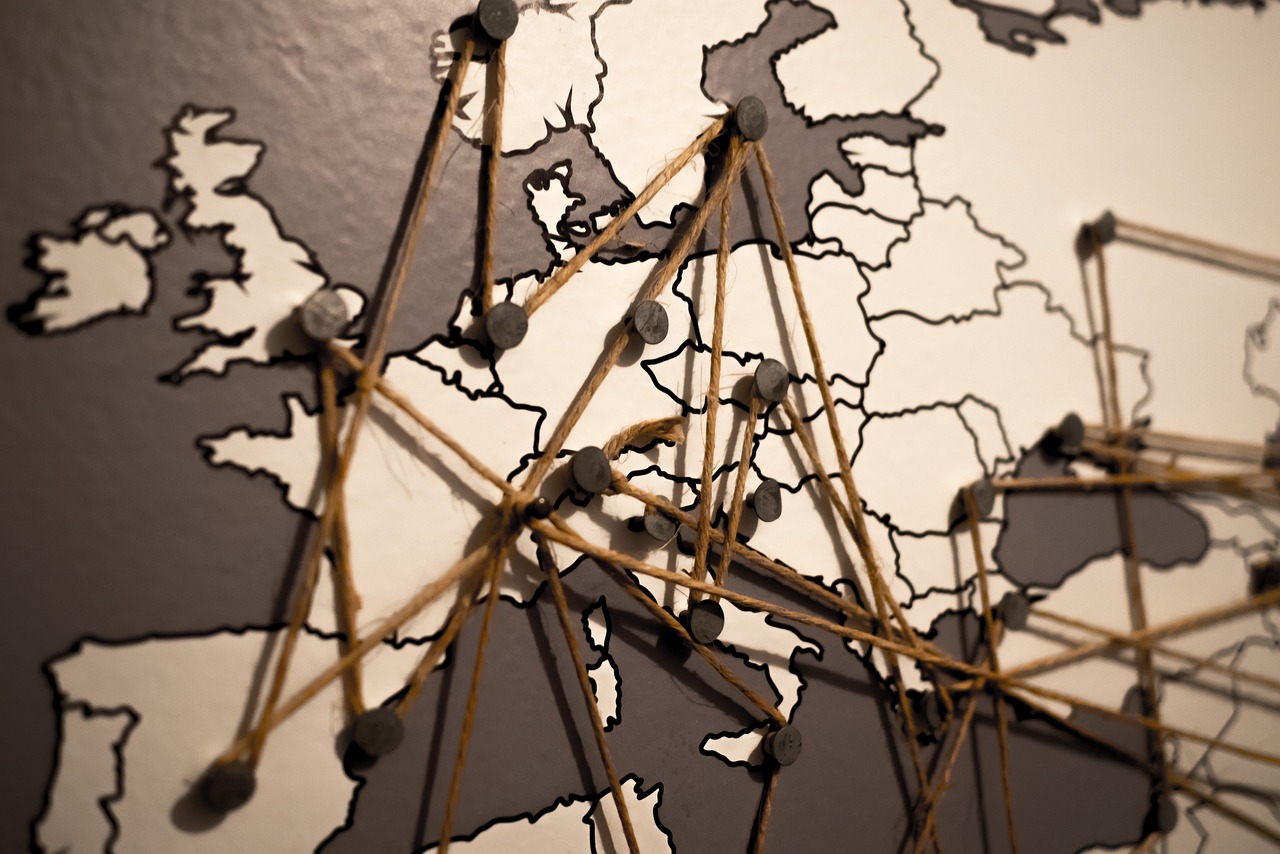Authors quickly realize the importance of “marketplaces” and “print facilities” as they publish, and while there is no “emergency” or critical decisions to make, there are nonetheless things to know and important (not critical) decisions to make.
What’s important (and simple) to understand is that with different physical and national borders, there are different “marketplaces.” With Amazon alone, for example, there are different websites set up to serve different countries, denoted in the suffixes of the web addresses / URLs. When you upload a book to Kindle you choose a primary marketplace for your book, independent, possibly, of where you are physically or legally located.
And when we say “print facilities” we mean actual book manufacturing facilities and where they are.
The crux of it is that different marketplaces exist, and the different platforms (particularly print) have different print facilities. This can effect the availability and cost of your book in different places.
I remember years ago as I had a lot of Australian clients they would include distribution with IngramSpark first because Ingram had a print facility in Australia. Therefore, books purchased on Amazon if supplied by Ingram, could be printed and shipped in country and not from some other country at great shipping cost or long time taken to arrive. Eventually, as I understand, Amazon has added print production in Australia, and in other places around the world, more and more.
There’s a difference between print and ebook marketplaces with Amazon. For ebooks, it’s easy to be available in ALL Amazon marketplaces, in theory, as a digital product would seem easy to “send” (yet your file size can effect your cost). And you can easily imagine what issues might arise if there exists no print facility in the country of your reader.
I have recently encountered this matter with two different clients. One wants distribution in Africa, and this opened my eyes to what are NEW yet seemingly BIG marketplaces I had no idea of, but would LOVE to have distribution through. Jumia, for example. There are countries with no distribution by Amazon, believe it or not.
The other was my first political issue with distribution, for a client in the UAE (United Arab Emirates). She is located in London but works in the UAE and found her book went live seemingly everywhere but the UAE. An actual quote from my colleague’s email is thus:
I contacted KDP to check why the book is not being sold directly through Amazon.ae and the response I got was:
“It could be associated with government controls over what gets published. The UAE has quite strict censorship laws, and Amazon has to submit every single manuscript to the censors for checking. (A significant amount of what is published on KDP would not meet with approval from UAE censors).”
Meanwhile, you can direct potential readers to buy the book from Amazon US or Amazon UK as they will ship the book directly.
And perhaps yet another at least semi-relevant issue was found as I walked through the account creation process with a client in Australia, where KDP (Kindle Direct Publishing) kept encountering what looked like an IRS form for her in Australia. We concluded it was the disclosure of a form Kindle needs as Kindle is more than likely (but not necessarily) an American corporation (which would be VERY interesting and likely easy to find).
In general, especially if you are a new author, my mantra and advice is again simply to be careful as you move along. In fact this might be GOOD NEWS if you have followed along or seen any of my advices on marketing, which breaks sales down into channels. If you divide and conquer the available sales channels, whole worlds (countries, sometimes) open up for you, and you really don’t know how your book will do with any particular sales channel until you try it.
This comes back to why I advise all authors start with three sales channels at first:
1. Your own website (even if it simply links to other retail sites, as you have a chance at building a reader list of emails)
2. Amazon, as it’s (currently) the biggest
3. A niche channel relevant to your genre to test.
Beyond that, there must be at least 20 other sales channels we can currently name (e.g. B&N, Dymocks, Goodreads, BookBub, etc.), and likely many more. Each has their own opportunities and audiences. The author who embraces this now will have an up on those who simply rely on Amazon. It’s not that Amazon might “disappear,” but just as much that book sales (retailer marketshare) could start to decentralize.
And an understanding of sales channels, marketplaces, and print facilities can help you sell books : )


